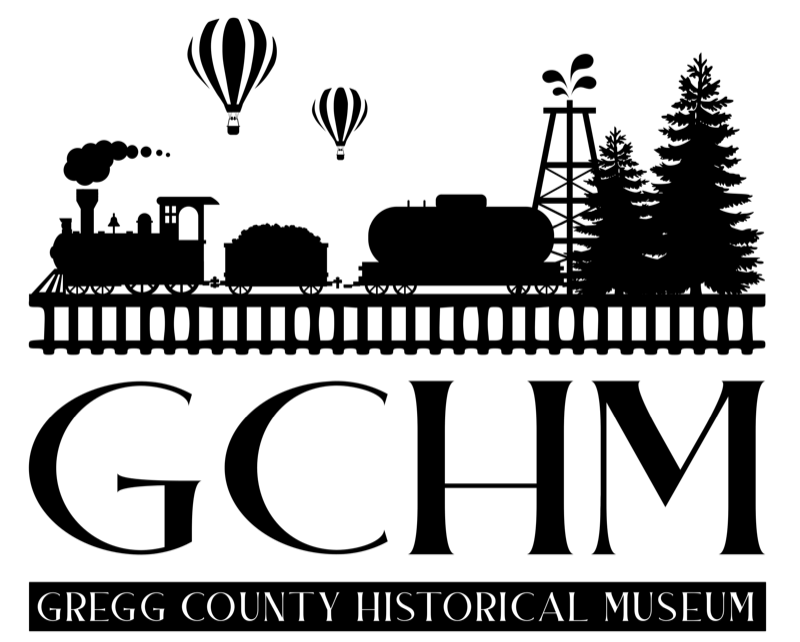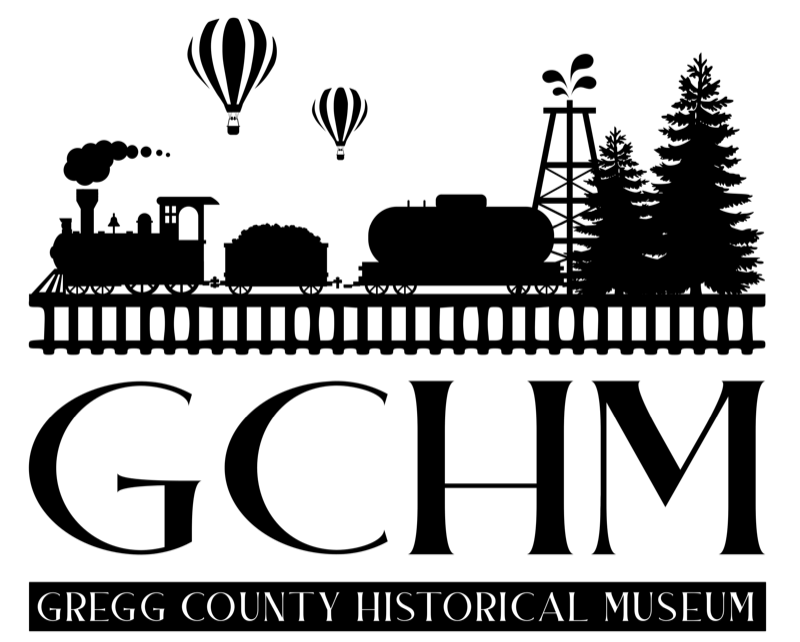Follow Us x
"The History Of Texas Longhorn Cattle."
Lecture by Larry Ferguson
Part 1
Part 2
Sexton on "Orphan Trains; 1854-1929
Lecture by Clark.
" When Rev. Charles Loring Brace moved from New England to New York City to continue his seminary studies, he was appalled at the sight of so many homeless children on the streets. Some were selling newspapers, or selling matches, or just begging for food. He became so burdened for them he organized the Children's Aid Society, an orphanage in Midtown Manhattan. It soon proved to be too small to handle the amount of "street urchins" as they were called. He pleaded with a few businessmen to help him get the children out of the city, as it looked as though there was no hope for any kind of future for them. It was a great undertaking to plan and organize trains to send the children of all ages out west to hopefully find homes. Over 150,000 children were successful in being adopted as the Orphan Trains ran from 1854 to 1929. Some boys were adopted to work as farmhands and some girls to be used as young maids. These were not given the love they needed and deserved. Many others did find good homes and were given love, self-esteem, and a good education.
Part 1
Part 2
The Restoration of the Rucker-Campbell House
Lecture by Ellen Gordon and Lynette Goodson
The Rucker-Campbell House was constructed in 1872 by Asa Rucker who was the owner of a large saw mill. The Rucker family was the original builders and owners of the house. The house was originally built in a Beaux Arts style and was converted to a Queen Anne Victorian in 1903. After this conversion three additions were done to the house over the years to add a sleeping porch, a solarium, and to convert the house into an apartment. In 2010, Preservation Longview began a restoration process. This process includes restoring the interior of the house, stabilization of the foundation, and reconstruction of the masonry fireplaces.
Part 1
Part 2
"Texas Eastman Employees Contributions To World War II."
Lecture by Gayle English and Dr. Frank Jackson
This presentation brings to light significant connections between Texas Eastman employees during the original research and development of the RDX Explosive, and the Atomic Bomb. These men moved to our community to begin the Texas Eastman division of Eastman Chemical. The eleven employees in the presentation are now deceased, but their story and the importance of the contributions to WWII will live on.
Part 1
Part 2
"East Texas And The Civil Rights In Black And Brown Oral History Project."
Lecture by Dr. Meredith May
As the oral histories conducted in Deep East Texas demonstrate, African Americans fought for their rights in places like Lufkin and Nacogdoches through demonstrations, protests, and political activism and through more subtle means, particularly persistently pursuing educational opportunities, voter registration, and quiet economic boycotts. The Civil Rights in Black and Brown Oral History project aims to recover the role of local people in the fight for justice and equity and to investigate what communities choose to remember and to forget.
Oil for Victory; The Big Inch Pipeline.
Lecture by Rickey Carter and Steve Coats
This lecture tells the story of how the Big Inch Pipeline came about an how it was one the main contributing factors to the allies winning World War II.
Part 1
Part 2
The Origins Of The Primary Election System In Texas; 1874-1923
Lecture by Bobby Oliver
Primary elections and primary Unions or associations originated in deep East Texas and slowly spread from the Texas "black belt" counties to white majority counties, cities, and even school districts before ultimately becoming mandated by state law in 1923. Initially, primary elections were devices to seize power from African Americans and their allies but they evolved into the political "Swiss Army knife" of late nineteenth and early twentieth century political leaders. During the almost half a century that it took voters and politicians to universally adopt white primary elections, politicians used primary elections for a variety of reasons. Primary elections really came into their own only after most people of color were disenfranchised. The purpose of primaries changed dramatically over time, and this presentation examines what those objectives were, who benefitted, and how and why primary elections were repurposed to achieve personal, political, partisan, and financial power.
Part 1
Part 2
1919 Longview Remembrance Project.
Lecture by Clent Holmes
This project is an effort to reshape the narrative around how a significant historic event is remembered in Longview, Texas, what is often referred to as the 1919 Race Riots. Clent Holmes is hoping to bring honor and peace to the forgotten by installing a historical marker to remember a troubling aspect of Longview's past and creating a documentary that chronicles these efforts and highlights oral histories from Longview's citizens.
Part 1
Part 2
Caddo Mounds; Past and Present.
Lecture by Anthony Souther
Highlighting the Caddo Mounds State Historic Site, before and after the devastating tornado on April 13, 2019.
Part 1
Part 2
Pine Resin In My Veins; East Texas Women's History.
Lecture by Dr. Meredith May
East Texas is home to the only county in the state named after a woman: Angelina. As half the population, women's contributions to the region over the millennia are impossible to summarize; their impact is everywhere. However, if we look just at the period in East Texas since World War II, we can get a feel for women's wide and varied stories and how they've shaped the place we call home.

